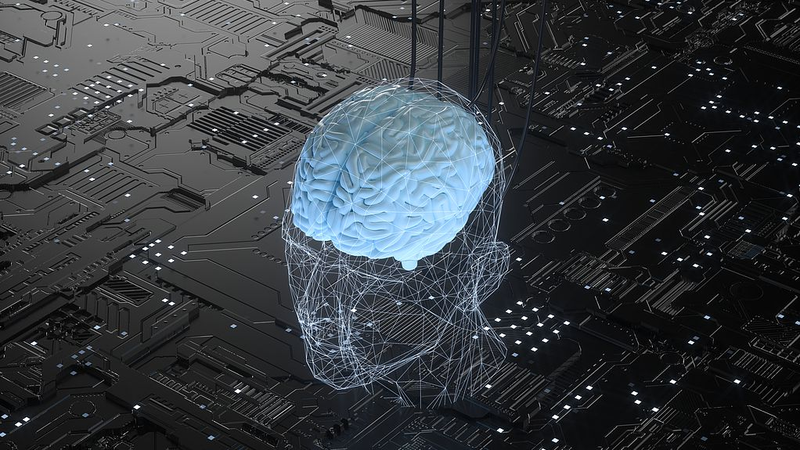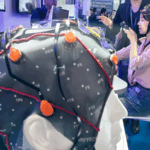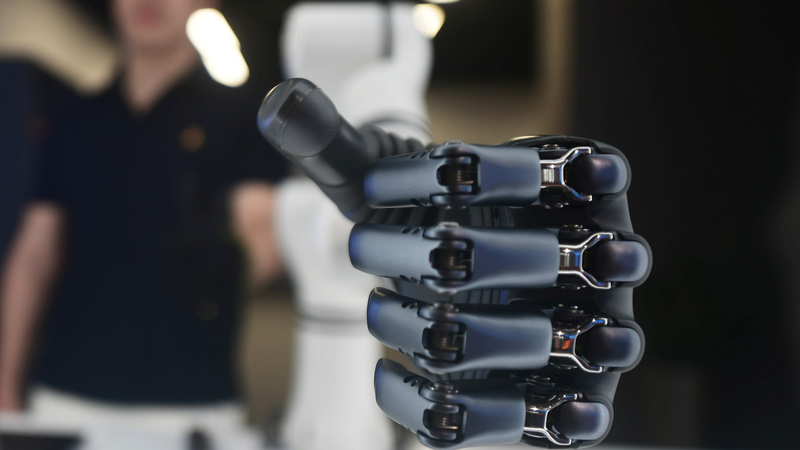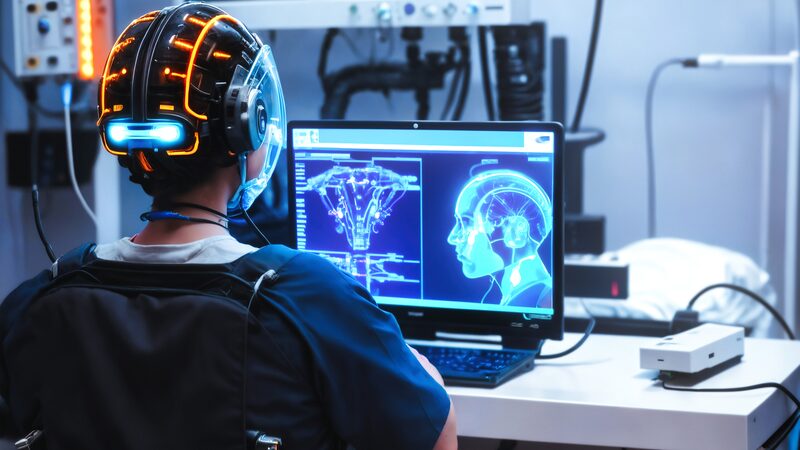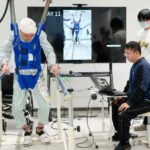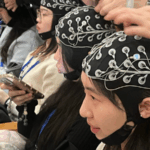Imagine typing a text message just by thinking about it. That sci-fi dream is now a reality in Shanghai, where researchers have cracked the code to turn brainwaves into fluent Chinese! 🇨🇳 A team from startup INSIDE and Huashan Hospital has developed a brain-computer interface (BCI) that lets users ‘speak’ complex sentences using only their thoughts—no voice or keyboard needed.
How Does It Work? 🔬
By implanting electrodes in epilepsy patients (already undergoing monitoring), the team trained an AI system to decode brain signals linked to 54 core Chinese characters. In under two hours, the tech learned to recognize 1,951 common words and assemble them into sentences faster than you can say ‘ni hao’—all with 83% accuracy!
Why Mandarin’s a Big Deal 🎤
‘Mandarin has over 400 nuanced syllables—way trickier than English phonemes,’ said INSIDE’s Li Meng. Their secret weapon? The world’s largest brainwave database from Huashan Hospital, turbocharging the AI’s learning curve.
From Lab to Life 🎮
This isn’t just lab magic. Earlier trials saw patients play video games with their minds—think table tennis and racing games controlled purely by thought. By 2030, Shanghai plans to make BCI tech mainstream, helping stroke survivors and others regain communication superpowers. 💪
Next up: Using decoded thoughts to control smart homes or even create AI art! 🖼️ For now, it’s clear—the future of language is brainwaves. 🌐✨
Reference(s):
Shanghai BCI breakthrough translates thoughts into fluent Chinese
cgtn.com
